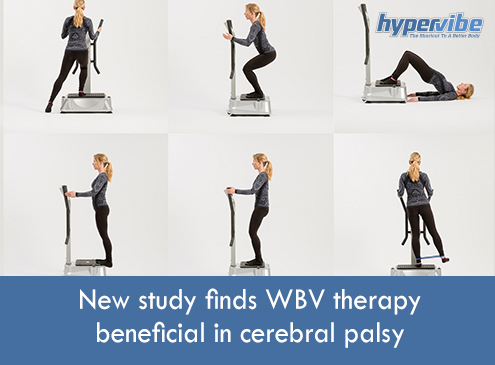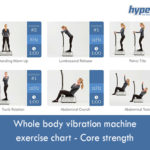
Cerebral palsy affects 17 million people worldwide, 34.000 Australians living with this condition. The term is used when referring to a group of non-progressive disorders of posture and movement caused by damage of the developing brain, CP affecting one in 400 babies.
Cerebral palsy is not hereditary but starts manifesting early in life, being the most common childhood physical disability in Australia. Most kids with cerebral palsy are healthy and can expect a normal life span, but the condition may be accompanied by other disabilities like epilepsy or auditory, visual or intellectual impairment.
The symptoms don’t progress over time, but are permanent, so people who are born with this developmental disability may expect their functional mobility, communication, socialisation and daily living skills to be permanently affected more or less severely.
These skills can be improved through constant practice, and more control over movement may be achieved in time, but conventional rehabilitation programs often require a lot of energy and effort. For this reason, scientists are looking for alternative solutions, and research suggests whole body vibration therapy may be a reliable and effective replacement for conventional rehabilitation exercises in CP sufferers.
A systematic review conducted by Canadian researchers and published in the Journal of the Canadian Chiropractic Association in September this year found that whole body vibration exercises have the potential to provide symptomatic relief for people affected by cerebral palsy, improving muscle strength, coordination and spasticity in this group of patients.
The review didn’t find enough evidence to support the effectiveness of vibration therapy in strengthening the bones and improving the mineral density of bones in CP sufferers, but did show that this form of physical activity is beneficial for adults and children alike.
Previous research, like this study from February for example, showed that vibration exercises can control the spasticity and enhance the ambulatory performance of children with cerebral palsy, improving their active range of motion. In this study, 16 participants aged 9.8 years received 20 minutes of vibration training, results showing significant improvements after the WBV sessions.
Japanese researchers obtained similar results in a study published in September the Journal of physical therapy science. In this study, moderately impaired children received whole body vibration therapy twice a week, for 5 weeks, as alternative to conventional strength training, which is often too demanding for this population. The study showed that WBV exercises may improve the walking ability and motor function of CP patients, reducing the spasticity.
Another research paper published by scientists from Taiwan in the journal of Research in developmental disabilities showed that 8 weeks of whole body vibration exercises can normalize muscle tone, improve ambulatory performance and the active range of motion in joints f children with cerebral palsy.
Scientists analyzed the effects of vibration exercises on 16 children who received 10 minutes of WBV 3 times a week, for 8 weeks. The results were measured immediately after, 1 day and 3 days after each intervention, showing that exercising on a vibration machine can significantly improve the range of motion, muscle tone and ambulatory function 3 days post intervention.
All these studies confirm that regular whole body vibration can serve as a safe and efficient alternative treatment for children and adults with cerebral palsy.
Have something to add to this article? Comment below or join our Facebook community and share your thoughts with us!

Updated on: 08.09.2021 The lymphatic system is involved not only...

Stress can make you gain weight – we’ve heard this...

Various theories exist to answer this question. As you will...

Both rebounding and jumping on a trampoline are excellent ways...

Our series of whole body vibration machine exercise articles continues...